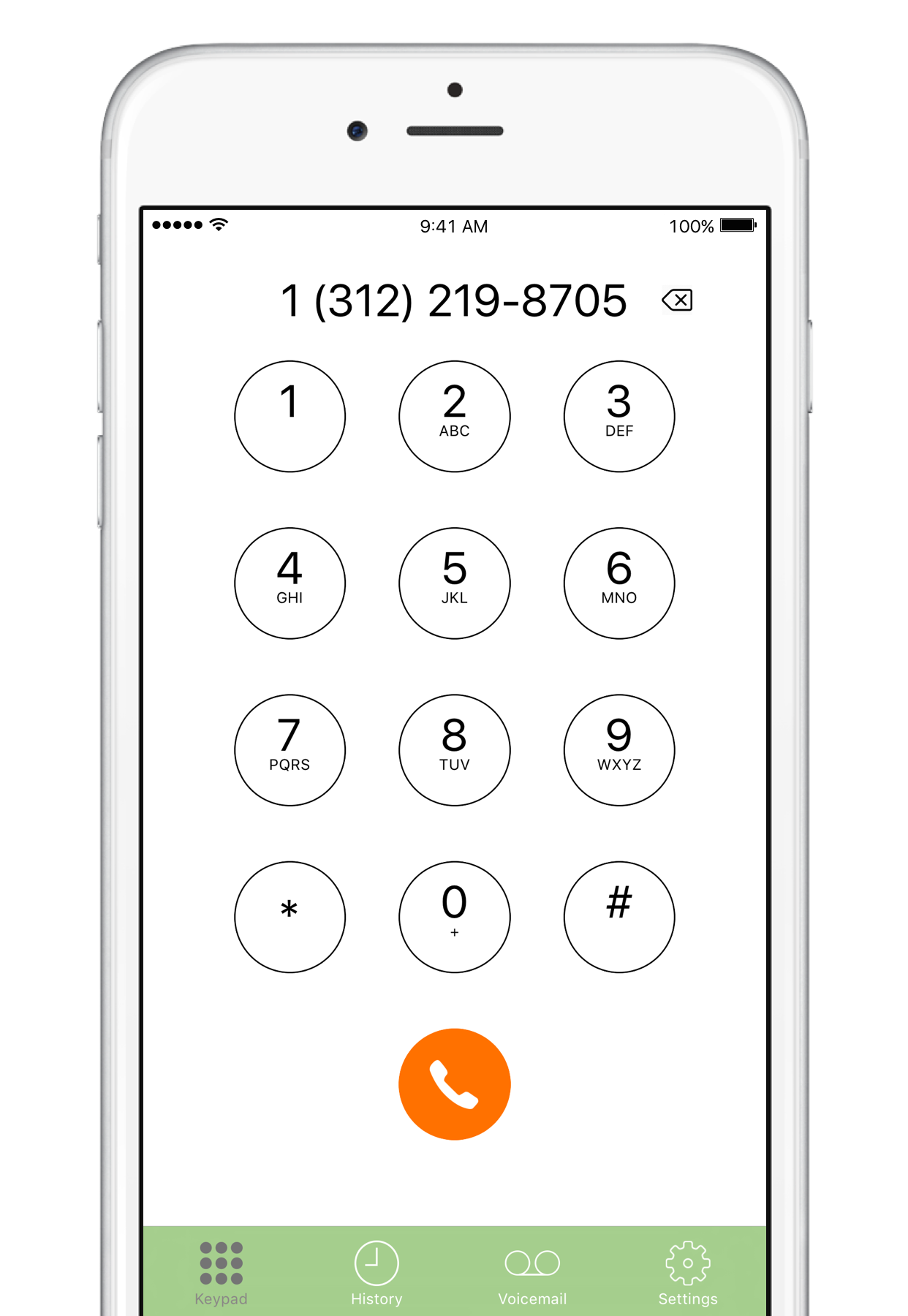

#Iphone phone keypad letters code
The UK telephone numbering system used a similar two-letter code after the initial zero to form the first part of the subscriber trunk dialling code for a region.

In the mid-20th century United States, before the switch to All-Number Calling, telephone numbers had seven digits including a two-digit prefix which was expressed in letters rather than digits, e.g. Originally, they referred to the leading letters of telephone exchange names. These letters have been used for multiple purposes. None (on some telephones, "OPERATOR" or "OPER") Most of the keys also bear letters according to the following system: For example, in the UK, users can order a 7:30 am alarm call from a BT telephone exchange by dialing: ✻55✻0730#. The Greek symbols alpha and omega had been planned originally. The key labeled # is officially called the " number sign" key, but other names such as "pound", "hash", "hex", " octothorpe", "gate", "lattice", and "square", are common, depending on national or personal preference. The key labeled ✻ was officially named the "star" key. In any case, Bell Labs testing found that the telephone layout with 1, 2, and 3 in the top row, was slightly faster than the calculator layout with them in the bottom row. Most other calculators have their keys reading upward in vertical rows of ten," while a 1960 paper, just five years later, refers to today's common calculator layout as "the arrangement frequently found in ten-key adding machines". Two other calculators have keysets resembling. Indeed, calculators were only just starting to settle on a common layout a 1955 paper states "Of the several calculating devices we have been able to look at.

At the time (late 1950s), mechanical calculators were not widespread, and few people had experience with them. This layout was chosen after extensive human factors testing at Bell Labs. The layout of the digit keys is different from that commonly appearing on calculators and numeric keypads. Layout Telephone with letters on its rotary dial (1950s, UK) These keys were added to provide signals for anticipated data entry purposes in business applications, but found use in Custom Calling Services (CLASS) features installed in electronic switching systems. Initially, between 19, the keypads for civilian subscriber service omitting the lower left and lower right keys that commonly are assigned to the star (✻) and number sign (#) signals, respectively. For military applications, a fourth, right-most column of keys was added for priority signaling in the Autovon system in the 1960s. The contemporary keypad is laid out in a rectangular array of twelve push buttons arranged as four rows and three columns of keys. The development of the modern telephone keypad is attributed to research in the 1950s by Richard Deininger under the directorship of John Karlin at the Human Factors Engineering Department of Bell Labs. Because of the installed abundance of rotary dial equipment well into the 1990s, many telephone keypads were also designed to produce loop-disconnect pulses electronically, and some could be optionally switched to produce either DTMF or pulses. It was standardized when the dual-tone multi-frequency signaling (DTMF) system was developed in the Bell System in the United States in the 1960s that replaced rotary dialing originally developed in electromechanical switching systems. Keypad that appears on some telephones A telephone keypad using the ITU E.161 standard.Ī telephone keypad is a keypad installed on a push-button telephone or similar telecommunication device for dialing a telephone number.


 0 kommentar(er)
0 kommentar(er)
